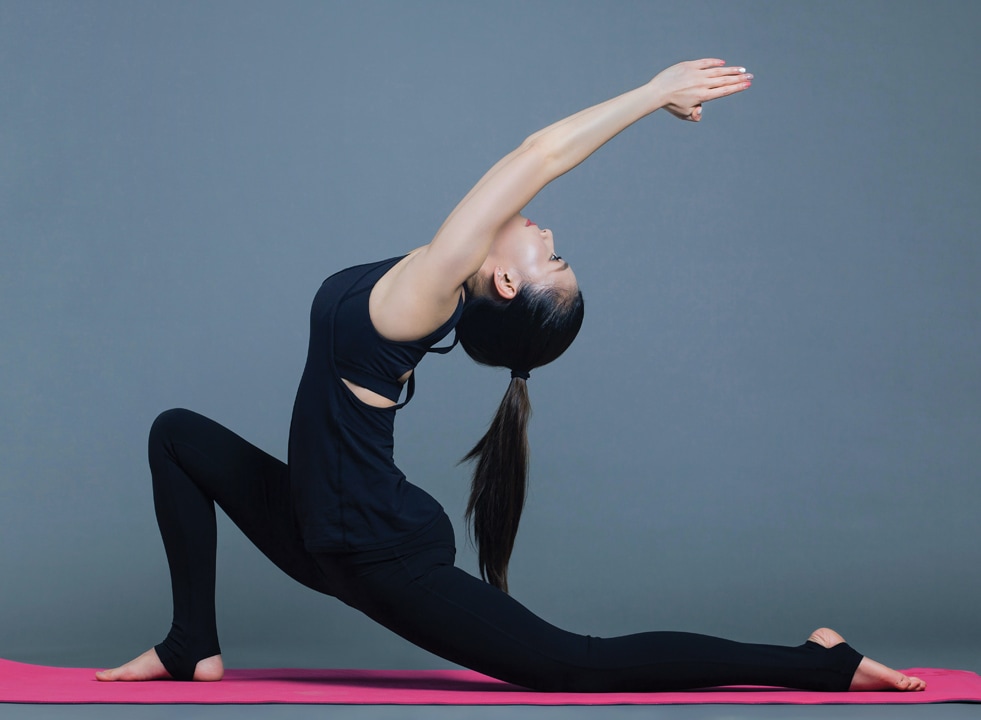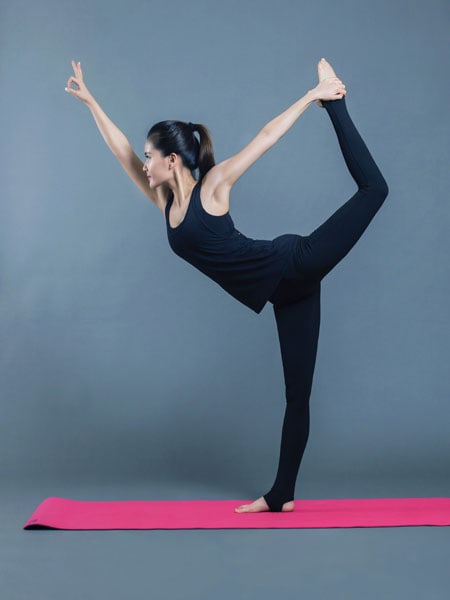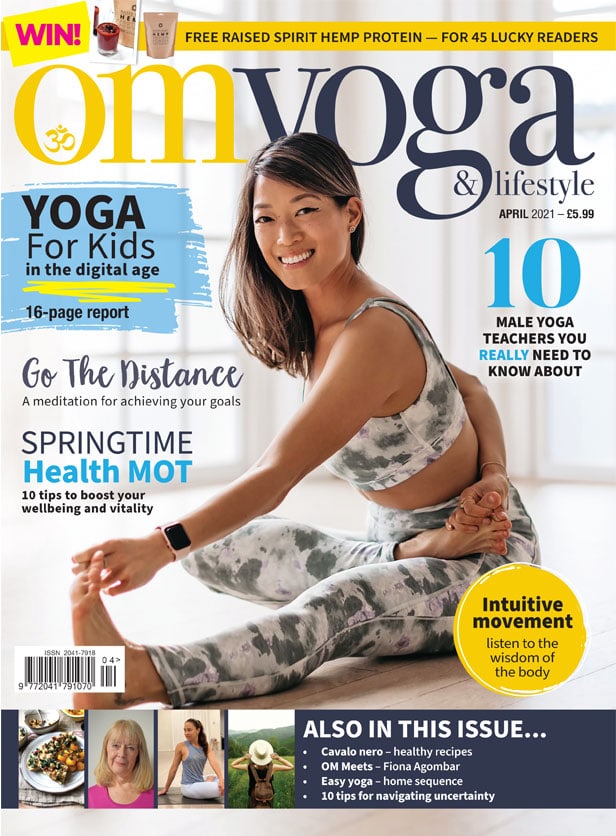
Intuitive movement
Surrendering the stronghold of the mind to the wisdom of the body. By Lauren Bloxham
How long has our practice followed ‘the rules’…the rules of alignment, the rules of sequencing, the rules we impose upon ourselves for the length, duration and intensity of our practice?
The thing about rules, is that they are imposed and external; they present a hard boundary and offer us limited potential to explore or to be curious about what we’re feeling or experiencing on a deeper level.
As beginners on the mat, they offer us a safe grounding, a place to arrive at and a place from which to learn basic asana. But as our practice evolves, we can find ourselves stuck between moving mechanically through our regular yoga classes and our regular routines and the feeling that something is missing.
How do we move with deeper meaning and a more connected intention?
The inward journey of yoga invites a deeper connection with ourselves; it asks us to become more self-reflective, moving away from the physical and towards the more subtle experience of being…so why should our practice not evolve this way too?
Leap of faith
The moment we let go of the rules, we’re taking a leap of faith; we’re stepping towards the unknown and that can feel alarming. We may even hear our own objections kicking in. How do we perceive those objections? Do we feel triggered? Do we feel resistant?
Moving intuitively involves slowing down and listening deeply.
It takes a brave soul to hear what the body needs, and to respond compassionately, especially against the backdrop of the system we find imposed upon us.
That system isn’t just external, it’s the relationship we have with ourselves, and it’s not always healthy. Just as we might distance ourselves from a draining relationship, so the invitation here is to distance ourselves from the thoughts and impositions that we find draining, diminishing or depleting…stepping closer to that which is supportive, uplifting and life-affirming.
New beginning
When we approach intuitive movement, we bring all that we’ve learned until now with us, but we arrive at a new beginning.
With our bodies in exactly the condition we find them in; we approach not to impose but to question – what do I need? Where do I start? We wait and we listen.
Beginning in Tadasana, Sukhasana or Savasana can be a great place to start. We may feel immediately that we need dynamic flow, or we may realise how exhausted we feel and come straight into Savasana and stay there.
We may find ourselves moving for 20 minutes or realise that an hour has passed and there’s so much more we want to explore. Moving intuitively asks us to explore our asana in new ways, like pioneers we find new sensation and awaken new awareness within us.
Whatever happens intuitively is our body’s way of communication with us. Acknowledging it and responding with compassion and awareness is our gift to ourselves. It’s the letting go of convention and it’s the experience of freedom, which in turn invites the free flow of our precious life force, our creativity, our emotions and our lives off the mat.
Stepping into the darkness of the unknown we discover the light within us, we invite and begin to cultivate a new relationship of trust with our bodies and ourselves.
The practice
Come to a comfortable starting pose, Savasana, for example. Invite stillness, listen to the adjustments the body needs to make for comfort. Shuffle, stretch, support yourself and find stillness.
Begin to notice your breath. The breath is as unique to you as your fingerprint. Try not to alter the breath, but begin to cultivate a curious mind, notice the twists and turns of the breath, it’s shape and rhythm. This is the beginning of the beginning. Intuitive movement requires that your mind can surrender, and engage in curiosity, that it can question and note. Note the length and variable nature of the breath, it’s depth and where you feel it in the body. Just watch and then ask: what do I need?
Move the awareness to the toes and ask again, explore what’s there, the movement, the feeling, the feedback the body offers. The rhythm and pace of the movement and its deep connection to the breath. Movement becomes as unique as the breath and awareness can move to the ankles, the knees and up to the hips as you invite the body to move you in just the way the breath does, deeply and subconsciously. Explore the fingers, wrists, elbows and shoulders. Move to the head and neck. Notice what you feel, how you’re moving. Notice where the breath is and whether your awareness, movement and breath can synchronise, the moment when the whole body is awake and alive to what is.
This is the essence of yoga – the connection we often long for but miss in our guided classes, where there may not be time to ask what we’re feeling or explore our depths, where we may not have the courage to modify or vary the movements offered by our teachers. But it’s the place where we cultivate a relationship of trust, compassion and nurture for ourselves. It’s a place to be honest and acknowledge what it is we’re feeling and experiencing and to invite flow.
Our movement becomes an embodiment of loving intention.
Lauren Bloxham is registered yoga teacher with the British Wheel of Yoga. Her classes encourage exploring intuitive movement through slow flowing Hatha Yoga. Visit: blackdogliving.com or find her on Instagram @blackdogliving





